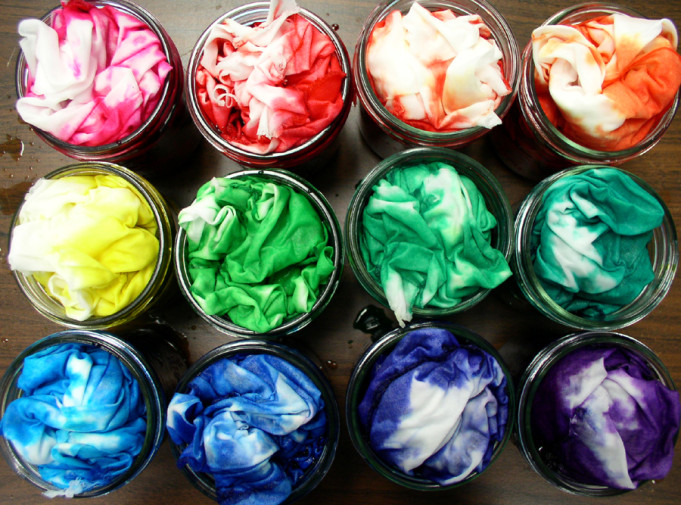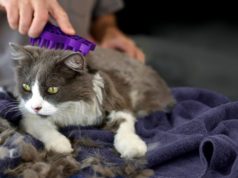A dye is a colored substance that has an affinity to the substrate to which it is being applied. The dye is generally applied in an aqueous solution, and may require a mordant to improve the fastness of the dye on the fiber.
Transform a plain white or light colored garment by dyeing it a bright, vibrant hue. You can dye clothes using natural plant materials and chemical, store-bought dyes. The process is simple either way. Here’s top 5 easy steps for natural dyeing.
Top 5 Easy Steps For Natural Dyeing :
1. Let the clothes soak
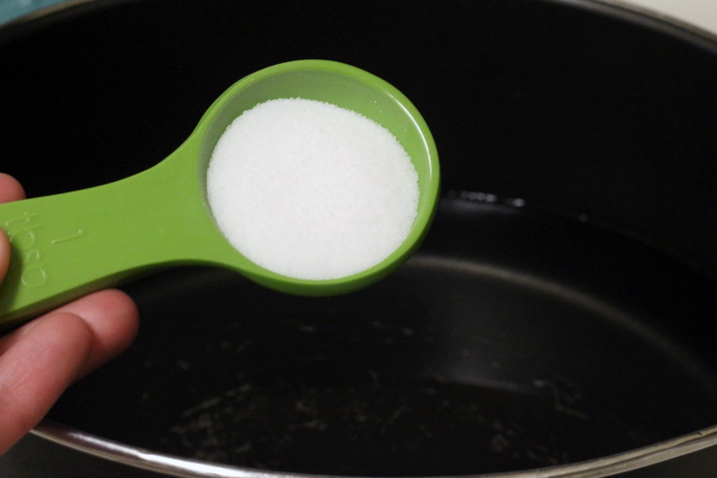
At first you need to wash your clothes before dyeing them. The clothes you want to dye should be clean before you begin. Put them through a normal warm washing cycle with a mild laundry detergent. Now let the clothes soak in a fixative. These dye fixatives allow your clothes to absorb the dye more readily. The best type of fixative will depend on the type of plant material used for the dye.
*When making dye from berries, prepare a salt fixative. Combine 1/2 cup (125 ml) salt with 8 cups (2 L) cold water.
*When making dye from other plants, prepare a vinegar fixative. Combine 1 part white vinegar with 4 parts cold water.
*When using a chemical dye, apply a fixative based on the type of fabric being dyed.
*Let the clothes sit in this fixative solution for one hour. Rinse the clothes afterward in cool water before dyeing them.
2. Color selection
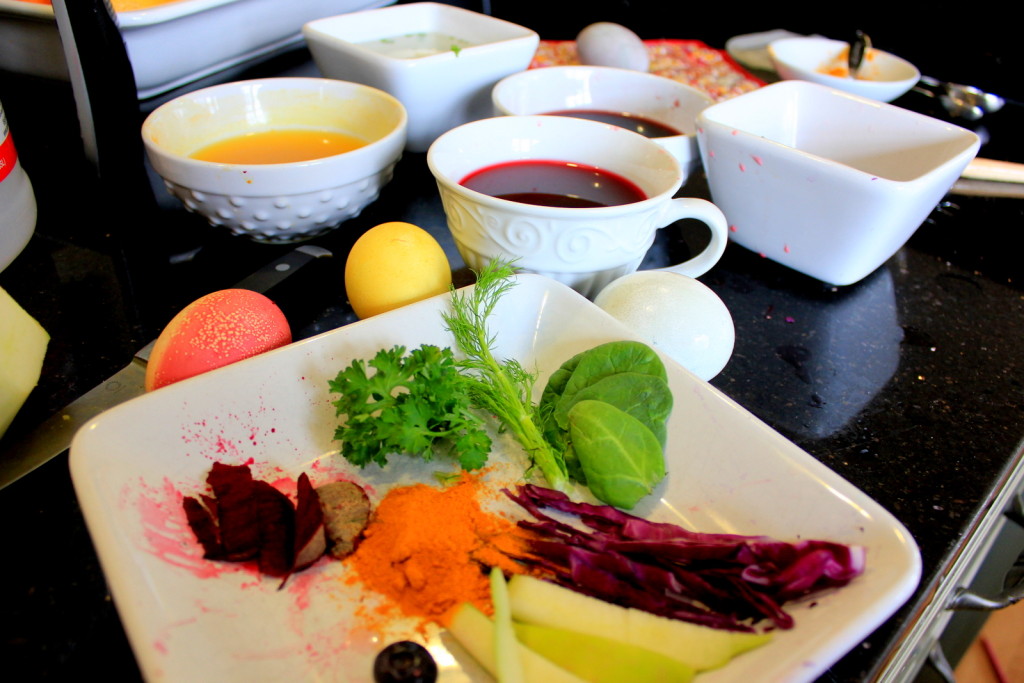
Choose the right color. The material you choose will determine the color of your dye. So, you need to research a bit to determine which plants, berries, and spices can be used to produce the color you want.
*Create orange dye with onion skin, carrot roots, butternut seed husks, and gold lichen.
*Create brown dye using dandelion roots, oak bark, walnut husks and hulls, tea bags, coffee, acorns, and goldenrod shoots.
*Make pink dye using strawberries, cherries, red raspberries, and grand fir bark.
*Create blue-purple dye with dogwood bark, red cabbage, lavender elderberries, purple mulberries, cornflower petals, blueberries, purple grapes, and purple iris.
*Make a red-brown dye using elderberries, red onion skin, pomegranates, beets, bamboo, and dried hibiscus flowers.
*Form a gray to black dye using blackberries, walnut hulls, oak galls, and butternut hulls.
*Make a red-purple dye with daylilies, huckleberries, or basil.
*Go for a green dye by using artichokes, sorrel roots, spinach leaves, Black-eyed Susans, green antirrhinum, lilac flowers, grass, or yarrow flowers.
*Make yellow dye using bay leaves, alfalfa seeds, marigold blossoms, St. John’s Wort, dandelion flowers, daffodil flower heads, paprika, and turmeric.
Gather the plant material. Any plant material you decide to use needs to be in a ripe, mature state.
*Fruit and berries need to be ripe.
*Nuts need to be mature.
*Blossoms should be in full bloom and near the end of their life cycle.
*Seeds, leaves, and stems can be harvested as soon as they grow in.
3. The kitchen part
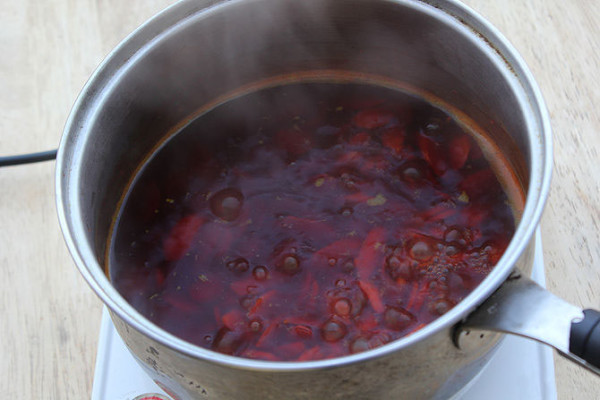
You need to cut the plant material into small pieces. The plant material should be chopped into fine pieces using a kitchen knife. Put the plant material to a large stockpot or a large metal bowl. Put it on gas oven or induction and simmer the dye. Fill the pot with water (use twice as much water as plant material) and bring it to a boil over high heat. Reduce the heat to low and let simmer for roughly 60 minutes.
*The stockpot/bowl should be about twice as large as the clothes you plan to dye.
*Cutting the material into fine pieces exposes more surface area, so the natural color of the material is drawn out more easily.
4. Clothes in the dye bath
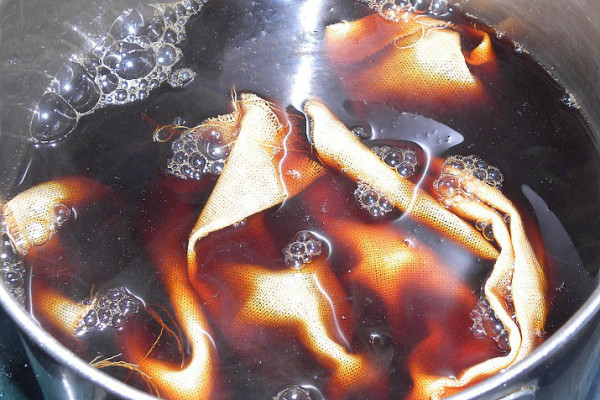
Strain the dye. Pour the dye through a strainer to remove the plant material, pulps from the liquid. Transfer the liquid back into your dyeing stockpot/bowl.
Simmer the clothes in the dye bath. Place your wet clothes in the dye bath and simmer together over medium heat until the desired color is achieved.
*Note that the color will be lighter once it dries.
*At minimum, you will need to let the clothes sit in the dye bath for 30 to 60 minutes.
*For a rich shade, let the clothes sit in the dye bath 8 hours or overnight.
*Stir the clothes in the dye bath occasionally to ensure even dyeing.
5. Final part washing
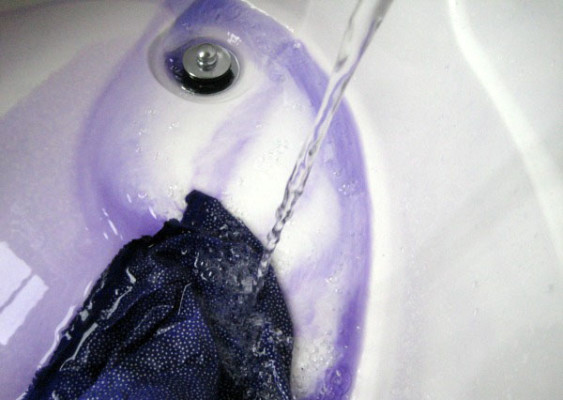
Wash dyed fabric in cold water. For the first washing, wash your dyed clothes in cold water apart from other garments.
*The colors will run.
*Dry your clothes using a dryer or by drying them in the sun.

